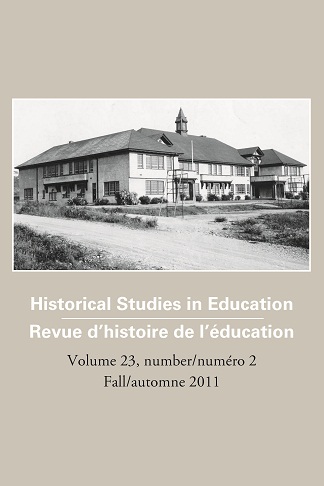Open Access and Copyright Policy
Historical Studies in Education/Revue d’histoire de l’éducation (HSE/RHÉ) provides immediate open access to its content according to the Budapest Open Access Initiative. Users are allowed to read, download, copy, distribute, print, search, or link to the full texts of our articles. All journal content is freely available without charge to the user or his/her institution. Authors are not charged article processing fees for publication. Immediate open access to content is provided on the principle that making research freely available to the public supports a greater global exchange of knowledge. Users may not modify HSE-RHÉ publications, nor use them for commercial purposes without asking prior permission from the publisher and the author.
Authors who publish with this journal agree to the following terms:
a. Authors retain copyright and grant HSE-RHÉ the right of first publication.
b. Authors who wish to enter into subsequent, separate, commercial or non-commercial, contractual arrangements for the non-exclusive distribution of the journal’s published version of their work (e.g., post it to an institutional repository or publish it in a book), must request permission from the journal. Subsequent publications must include an acknowledgement of its initial publication in HSE-RHÉ.
c. Authors who wish to revise, transform, or build upon their HSE-RHÉ publications must request permission from the journal to publish the revised material. The resulting publication must include an acknowledgement of its initial form and publication in HSE-RHÉ.
